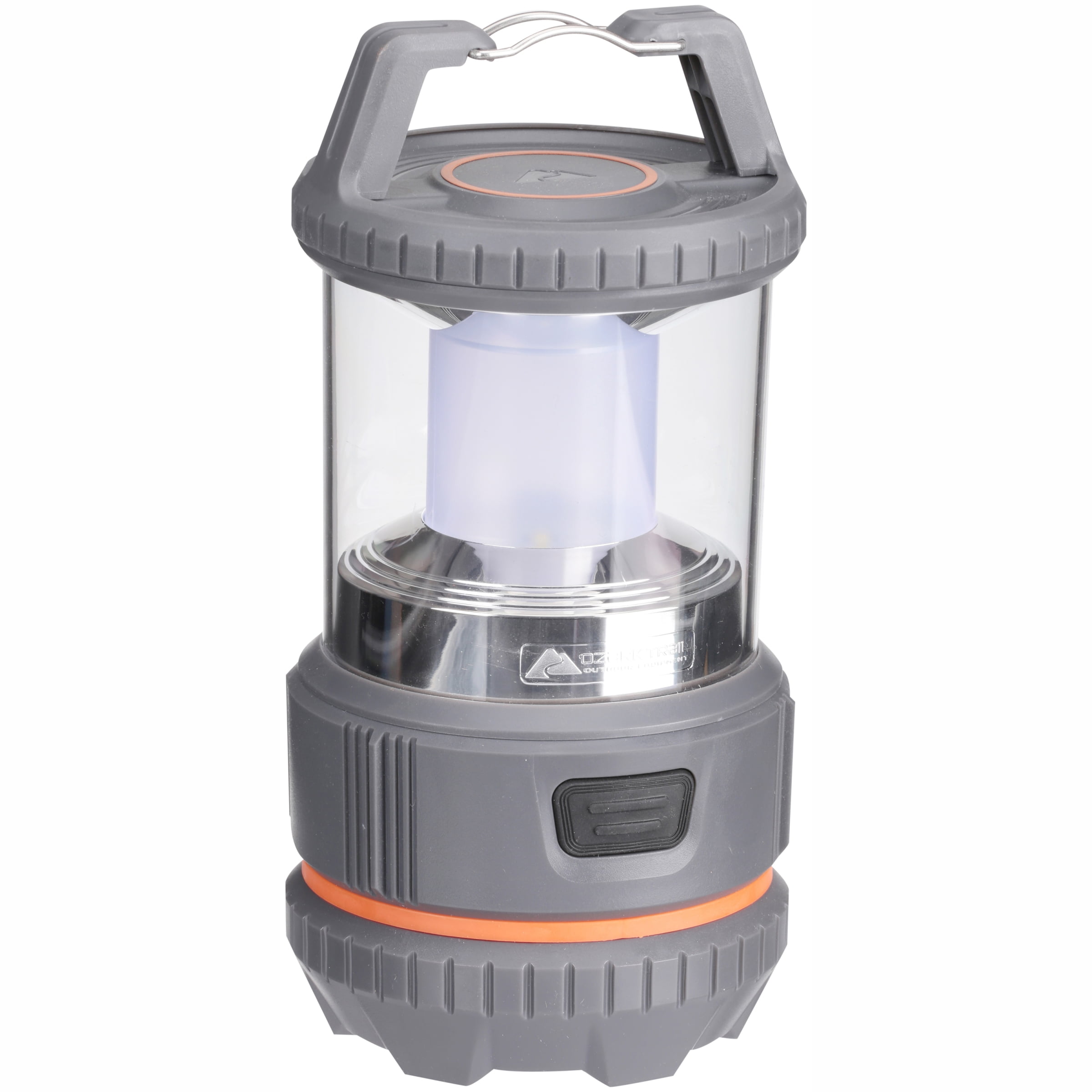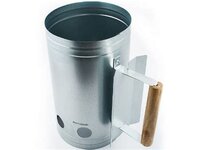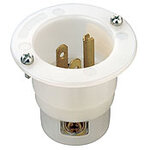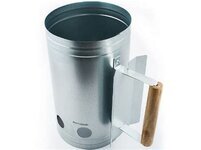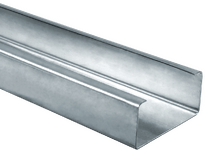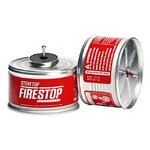TD-Horne
Newly Enlightened
I'm asking for help in considering whether to upgrade or, if really needed to get good performance, replacing the 6 volt lanterns we have in use. In another thread I was asking whether Zinc Air lantern batteries would be a good choice for these old tech lanterns. That, of course, got into a wider discussion on whether the lanterns could be upgraded to more effective performance or would it be more cost effective to change to an entirely different lantern.
When closed to their shortest length they are an inferior portable flashlight, when compared to modern alternatives, but when pulled out to the long length they're a pretty good lantern. They're definitely old tech. They have incandescent bulbs at the present but that is easily changed to side emitting LEDs. Most have D Cell adapters but 1.5 volt D cells are still alkaline only at present aren't they? As an area light they were pretty good in their day. As a work table light they were never really great. We now use LED strip lights for our work table lights. They run off available 12 volt power and they're very inexpensive. We never intended to use the 6 volt lanterns as high intensity flashlights. I don't know of any 6 volt lithium ion batteries in the same form factor as alkaline lantern batteries.
Since we already have the lanterns, and they have previously been useful as area lights; thus avoiding the use of pressurized Flammable Liquid fueled incandescent mantle lights with their associated hazards; would changing to zinc air lantern batteries and LED emitters provide the long shelf life and long run time that we want or should we change to different lights despite having several of the 6 volt lights in service already. Dam I hate throwing still working equipment away! Yes they're old tech but so am I!
I guess that all of the regulars here already knew that once I got into looking at all of the battery powered lights I have and all the different uses I have for them suitability and battery choices were going to become a complicated issue. I'm not a collector. I just want the most cost effective lights for several different uses that I can find and afford.
Tom Horne
If you're talking of the consumer market for square 6v lantern batteries used for flashlights and lanterns, they are still out there but not as much as they used to be. I am not up on the commercial/industrial market for these, they tend towards 12v (gel cells etc) for alarms, UPS etc.
Square 6v battery using four F cells 4R25/4LR25 (or not) is conveniently replaceable with an adapter which takes D cells. As several battery vendors already fit D cells with a bottom spacer area, there is no drop in capacity in many cases. Granted, extra contacts could be a liability with rugged usage, or corrosion should the cells leak, but holder is a flexible alternative.
Bottom line, I think the market for these batteries is declining, certainly not expanding.
Dave
When closed to their shortest length they are an inferior portable flashlight, when compared to modern alternatives, but when pulled out to the long length they're a pretty good lantern. They're definitely old tech. They have incandescent bulbs at the present but that is easily changed to side emitting LEDs. Most have D Cell adapters but 1.5 volt D cells are still alkaline only at present aren't they? As an area light they were pretty good in their day. As a work table light they were never really great. We now use LED strip lights for our work table lights. They run off available 12 volt power and they're very inexpensive. We never intended to use the 6 volt lanterns as high intensity flashlights. I don't know of any 6 volt lithium ion batteries in the same form factor as alkaline lantern batteries.
Since we already have the lanterns, and they have previously been useful as area lights; thus avoiding the use of pressurized Flammable Liquid fueled incandescent mantle lights with their associated hazards; would changing to zinc air lantern batteries and LED emitters provide the long shelf life and long run time that we want or should we change to different lights despite having several of the 6 volt lights in service already. Dam I hate throwing still working equipment away! Yes they're old tech but so am I!
I guess that all of the regulars here already knew that once I got into looking at all of the battery powered lights I have and all the different uses I have for them suitability and battery choices were going to become a complicated issue. I'm not a collector. I just want the most cost effective lights for several different uses that I can find and afford.
Tom Horne


